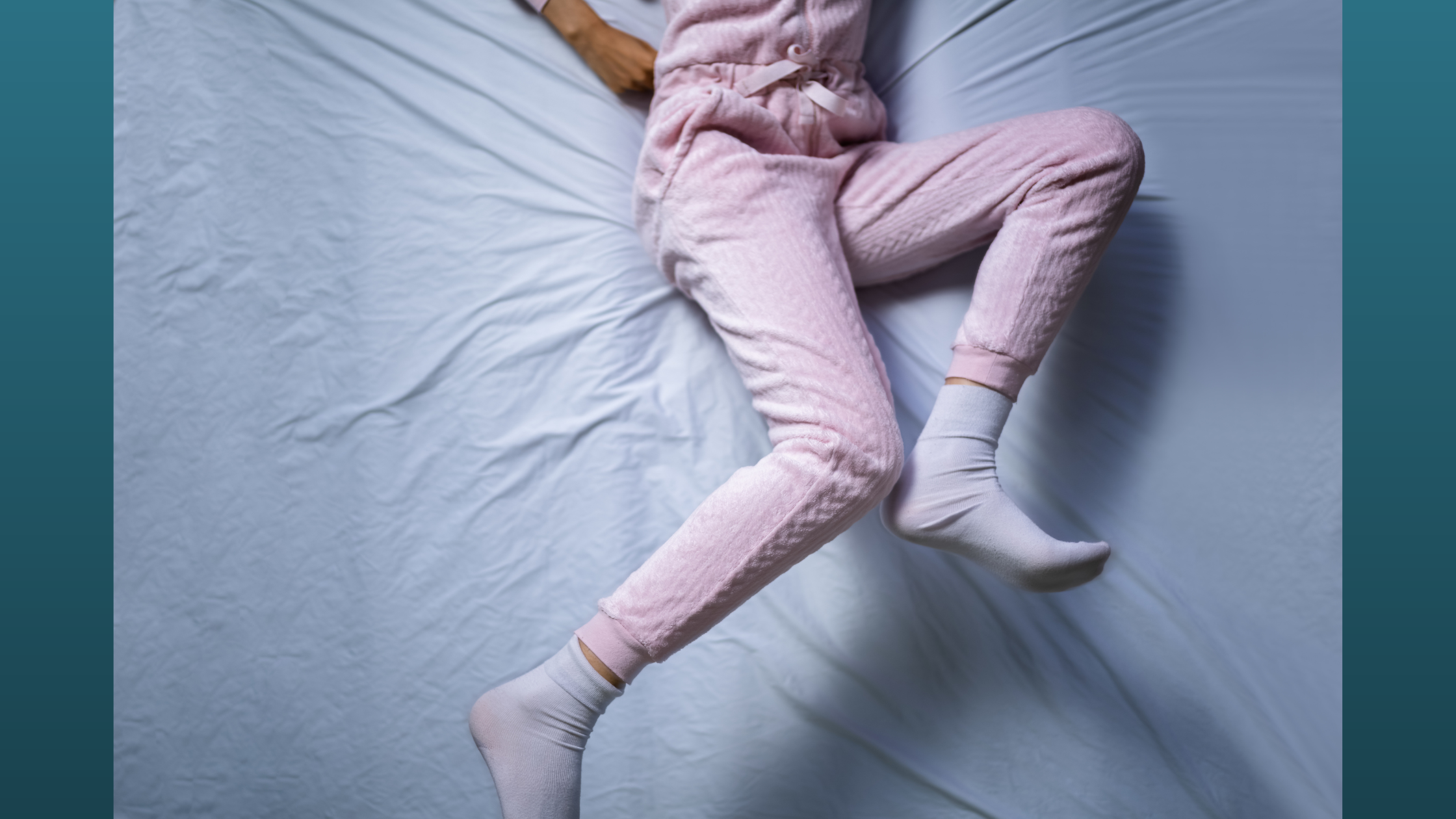
Sleep disorders can manifest in various ways, affecting our ability to get a restful night's sleep and impacting overall quality of life. Two related yet distinct conditions that often disrupt sleep and involve involuntary limb movements are Restless Legs Syndrome (RLS) and Periodic Limb Movement Disorder (PLMD). In this blog post, we'll delve into the differences between these two conditions, their symptoms, causes, and potential treatment options.
Restless Legs Syndrome: Uncomfortable Urge to Move
Restless Legs Syndrome, also known as Willis-Ekbom Disease, is a neurological disorder characterized by an irresistible urge to move the legs (and sometimes arms) due to uncomfortable sensations. These sensations typically occur during periods of rest or inactivity and can range from tingling, crawling, or itching feelings deep within the muscles. Individuals with RLS often describe these sensations as "creepy-crawly," "itchy," or "tingling."
Key Features of RLS
- Symptoms worsen at night or during periods of inactivity.
- Temporary relief is achieved by moving or stretching the affected limbs.
- Symptoms can disrupt sleep, leading to insomnia or daytime fatigue.
- Symptoms can vary in intensity and frequency, often worsening over time.
Periodic Limb Movement Disorder: Involuntary Limb Movements
Periodic Limb Movement Disorder is characterized by repetitive and involuntary limb movements during sleep. These movements typically involve the legs but can also affect the arms. Unlike RLS, individuals with PLMD may not be aware of these movements, which often occur in a rhythmic, periodic pattern.
Key Features of PLMD:
- Leg movements occur during sleep and may disrupt sleep continuity.
- Movements are repetitive, rhythmic, and can vary in intensity.
- PLMD is often associated with arousals from sleep, leading to fragmented sleep patterns.
- Daytime symptoms may include excessive daytime sleepiness or fatigue.
Distinguishing Between RLS and PLMD
While RLS and PLMD share similarities in terms of limb movements, they are distinct conditions with different diagnostic criteria and treatment approaches:
-
RLS is primarily characterized by uncomfortable sensations in the legs that prompt the urge to move. Symptoms occur predominantly when awake and at rest, leading to difficulty falling asleep or staying asleep.
-
PLMD, on the other hand, involves repetitive limb movements during sleep that may or may not be associated with sensory discomfort. These movements often disrupt sleep architecture and can lead to daytime sleepiness or fatigue.
Causes and Risk Factors
The exact causes of RLS and PLMD are not fully understood but are believed to involve a combination of genetic, neurological, and environmental factors:
-
RLS may be associated with dopamine imbalance in the brain, iron deficiency, or certain medical conditions such as kidney disease or pregnancy.
-
PLMD can be idiopathic (of unknown cause) or associated with conditions such as sleep apnea, neurological disorders, or medication use.
Treatment Options
Both RLS and PLMD can significantly impact quality of life, but effective management strategies are available:
-
RLS: Treatment options include lifestyle modifications (such as regular exercise and avoiding caffeine), medications (such as dopamine agonists or anti-seizure drugs), and addressing underlying iron deficiency if present.
-
PLMD: Treatment focuses on managing underlying conditions (such as sleep apnea), improving sleep hygiene, and in some cases, using medications (such as dopaminergic agents or benzodiazepines) to reduce limb movements during sleep.
Seeking Professional Help
If you suspect you have RLS or PLMD based on the symptoms described, it's crucial to seek evaluation and guidance from a healthcare professional or sleep specialist. Proper diagnosis and treatment can help alleviate symptoms, improve sleep quality, and enhance overall well-being.
Conclusion
In conclusion, while Restless Legs Syndrome (RLS) and Periodic Limb Movement Disorder (PLMD) share similarities in terms of limb movements during sleep, they differ in their primary symptoms, underlying causes, and management strategies. Understanding these distinctions is essential for accurate diagnosis and effective treatment, ultimately leading to better sleep and improved quality of life. If you or someone you know is experiencing disruptive sleep patterns or involuntary limb movements, don't hesitate to reach out to a healthcare provider for comprehensive evaluation and personalized care.
If you or someone you love are continuing to have sleeping trouble, that may be a sign of an underlying problem. Please click the orange button below to take a free online sleep test and talk with one of our sleep health professionals.

